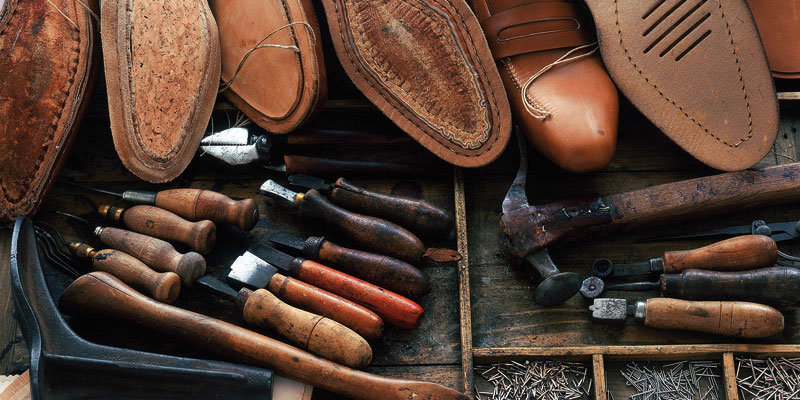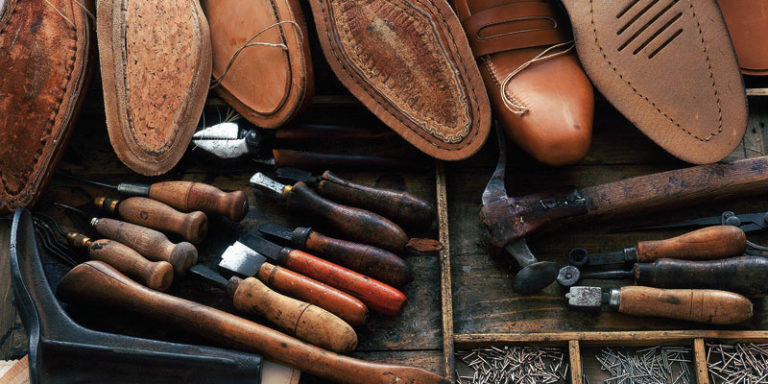Now all the focus is on the recovery of the domestic market that has yet to materialize. On the contrary, the expenditure of Italian families has fallen by 2.4 percentage points. The women’s segment is doing particularly poorly, but men’s products have also fallen, whilst slippers and “sports and sneakers” seem to be holding their own (with +2.1% in expenditure).
On the foreign front, the unsatisfactory trend of countries outside the EU – held back by the slowing down of the French market, main outlet for Italian dealers – added to the already negative trends of EU markets.
The American market also inverted the trend (and in addition, dark clouds of a possible protectionist tack arose on the horizon) and there was a sharp deceleration in the Middle East.
Completing the picture is the slowdown of Chinese growth – no longer in double figures – and European stagnation.
Coming to the positive notes, instead, there are only two macro-areas that present increases both in quantity and value: the “other non-EU European countries” (+12.7% in value), driven by Switzerland (+15.5%, traditional logistics platform), and Far East markets (4.1% in volume and +6.5% in value). In spite of this, 2017 began under no great illusions, with many economic and political uncertainties on the international scene – among these the possible return to protectionist policies – that make it difficult to predict anything. (However, it must be said that the strengthening of the dollar against the Euro, almost equalling out, would help sales and other things in the United States).

Notwithstanding, according to Assocalzaturifici, in 2016 the Italian footwear market managed to limit the losses in production levels, confirming 7.5 billion Euros in value, thanks above all to exports. The estimated value of Made in Italy production for 2016 is 7,515 million Euros (+0.3%). Around 178 million pairs of shoes were exported, 1.8 million less than in the same period of 2015; these figures comprise, as usual, both sales abroad of production in Italy and pure marketing operations.
In the first 10 months of the year, instead, imports grew by 2.8% in quantity and 3.8% in value, settling at (including reimportation) 297.5 million pairs (8 million more than in January/October 2015). The ranking of suppliers is, as ever, headed by China, from which come 4 out of 10 shoes.
However, the repercussions on the employment front are inevitable: companies lose employees, although the expectations for the first part of 2017, whilst not very exciting, seem to be pointing towards “stability”.
If we consider that ISTAT talks of positive signs beginning to consolidate in the Italian economy, (thanks to the increase of orders in the manufacturing industry and the growth in consumer confidence) the hope is that these first positive indications will generally extend to productive sectors, and, through the long-awaited recovery in demand, will restore vitality to the businesses of footwear companies that have been forced to face critical economic situations for quite some time.
Coming to the analysis of product type, footwear with leather uppers (-1.3%, with -5.1% in volume) remains by far the most exported item (101.3 million pairs, that is to say 57% of total quantity); negative signs for all other items except for safety footwear with metal toe caps; short boots and boots (around -8%, both in quantity and value) and sandals also not good. The synthetic segment and footwear with uppers in textile/different materials did well (risen by 5% in volume and 20.8% in value).




